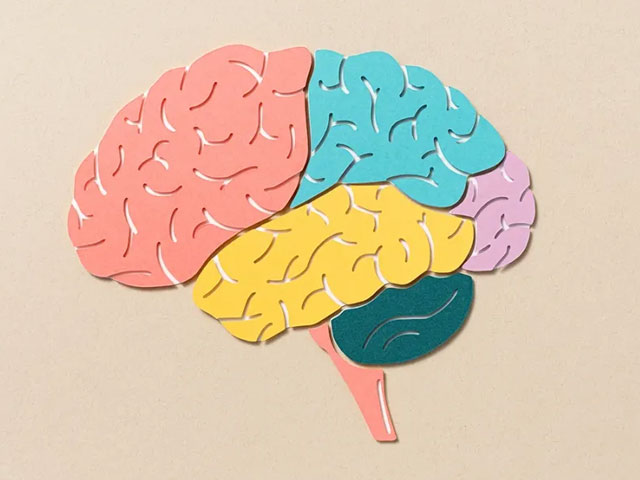
What is Parkinson’s Disease?
Parkinson’s is a gradually worsening disease caused by the loss of function of nerves in the basal ganglia region of the brain, that is responsible for dopamine production. Damage to the ganglion neurons leads to the decrease in dopamine levels in the brain. The basal ganglia have difficulty functioning and this leads to a loss of control over body movements. This loss of control, which starts in a single limb, manifests itself over time as serious problems such as difficulty walking and speaking, insomnia, depression and mental disorders.
Who is at risk for Parkinson’s disease?
More than 90% of cases occur after the age of 60. Cases before this age are due to hereditary or genetic disorders. Rarely, head injuries can also cause Parkinson’s. The best example is the famous US heavyweight boxing legend Muhammad Ali. Main risk factors for the disease can be listed as follows:
- Advanced age
- Male gender
- Family history of Parkinson’s disease
- Exposure to chemicals
- Head traumas
- Diet (high intake of iron and manganese or animal fats)
- Obesity
- Physical and emotional stress
What are the symptoms of Parkinson’s disease?
Parkinson’s disease is a slow progressing neurodegenerative disorder. Its onset is characterized by symptoms of movement system disruption. Since it cannot be identified by blood tests or brain imaging methods except for its genetic variant, it is often confused with orthopedic disorders at basic stages.
At the onset of the disease, symptoms and signs are unilateral and mild. There is often tremor in one limb. Over time, symptoms appear on both sides. There is very little disability. Changes in posture and gait become noticeable. When the disease reaches moderate severity, there is a marked slowing of body movements, impaired balance and falls. After this stage, walking becomes difficult and basic needs cannot be met without assistance. In the last stage of the disease, the patient becomes wheelchair dependent or bedridden and needs constant care.
Parkinson’s Treatment
Parkinson’s is one of the many diseases caused by cell loss in the brain, and it is the type that responds best to treatment. However, since it is a disease that decreases the quality of life over time, family members should raise awareness, provide the necessary support to the patient and ensure that the treatment is applied correctly.
Consulting a neurologist as soon as the symptoms of the disease appear is also extremely important in terms of treatment. Early treatment slows down the progression of the disease and improves the patient’s quality of life. Depending on the stages of the disease, many different treatment methods can be applied by the specialist. First of all, it is aimed for the patient to be able to continue his/her own life without dependency.
The loss of dopamine-producing cells can be compensated with medication. Deep brain stimulation with brain pacemaker surgery, which has been developed in recent years, is very effective in correcting the typical symptoms of the disease and improving the quality of life.
Physical exercises are also an important part of the treatment. Exercise makes the person feel better and increases muscle strength and joint flexibility, reducing the loss of movement control. Especially exercises that trigger dopamine transmission in the brain improve cognitive functions and mobility.
The specialist who will decide which exercises the patient should do is the physiotherapist. These exercises vary according to the stage of the disease and the overall health condition of the person. Exercises such as walking, buttoning-unbuttoning, mimic movements, getting out of bed and lying down and getting dressed aim to improve movement problems. Vocal, breathing, chin and lip exercises help to correct speech disorders.

